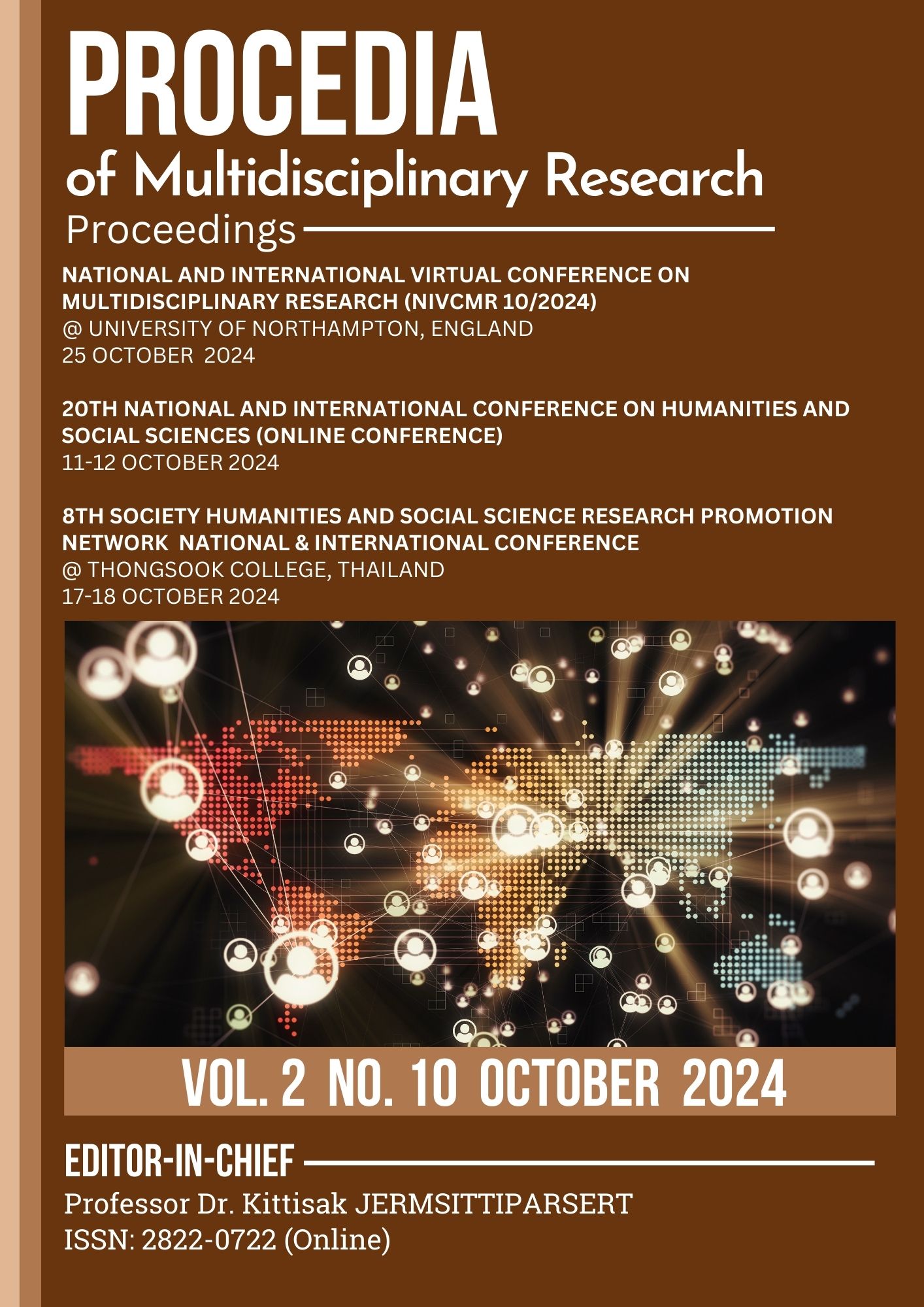THE RELATIONSHIP BETWEEN THE USE OF POWER BY ADMINISTRATORS AND THE MORALE AND MORALE OF EDUCATIONAL PERSONNEL, SECONDARY EDUCATIONAL SERVICE AREA OFFICE 22
Abstract
The purpose of this research is to 1) Study the level of power used by executives 2) Study the level of morale and morale in working and 3) Study the relationship between the use of power by administrators and the morale and morale of educational personnel. Secondary Educational Service Area Office 22. Sample group used in this research. There are 385 educational personnel. The instrument used is a questionnaire. The statistics used to analyze the data are Frequency breakdown. Finding percentages, averages, standard deviations Pearson correlation coefficient analysis. The results of the study found that 1) the use of power by executives Overall, it is at a high level. When considering each area, it was found that number 1 was in the area of command power, followed by is the power of giving rewards and the last ranking is Power of expertise. 2) Morale and morale in working the overall picture is at a high level. When considering each aspect, it was found that number 1 was job security. Followed by responsibility in the work. And the last ranking is in terms of being accepted and respected. 3) Relationship between the use of authority by educational institution administrators and morale in performance. There are correlation coefficients overall and in each area. There is a positive relationship with a statistical significance level of .01. The results of the relationship analysis found that the power of awarding Command power legal authority Reference power authority of expertise. The multiple correlation coefficient (R) is equal to 0.910. Can explain the variation in the use of power by executives and the morale and morale at work. Statistically significant at the 0.01 level was 82.80 percent (R2 = 0.828) and the results of the hypothesis test. The relationship between the use of power by executives and morale and morale at work was found to be consistent with every hypothesis, and was found to be statistically significant at the 0.01 level.
Downloads
Published
Issue
Section
License

This work is licensed under a Creative Commons Attribution-NonCommercial-NoDerivatives 4.0 International License.







.png)


